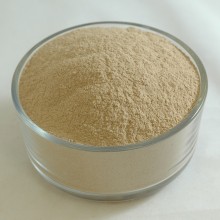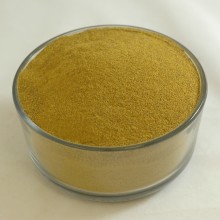Search
Products meeting the search criteria
Alfalfa Leaf Powder - Organic
Description: Alfalfa is an age-old herb, cultivated since before the era of ancient Greeks and Romans for use as livestock fodder. Once known to Arabians in the Middle East as the “father of all herbs”, alfalfa is said to contain ..
Arrowroot Powder
Description: Arrowroot refers to the starch that has been harvested from the rhizomes (root-stock) of several tropical plants, traditionally Maranta arundinacea. Often used as a flour/thickener substitute in allergen-free recipes; Arrowroot c..
Ashwagandha Root Powder
Description: Ashwagandha has been long praised as a longevity and vitality tonic by those who practice Ayurveda. It grows in the sunny, dry regions of India but can also be found growing in Nepal. In Sanskrit, Ashwagandha means “horse’s smell”, ..
Astragalus Root Powder
Description: Traditionally used to strengthen inner Chi (Qi) and the immune system, astragalus root has been used in ancient Chinese medicine for centuries. Due to the root’s slightly sweet-tasting and warming effects, it has been historicall..
Barberry Root Powder
Description: Historically cultivated for its tart berries for culinary use, barberries were traditionally used in pickled dishes, jams, candies, and more. The root itself was used to make antipyretics, tonics, and other natural medicines. Due to..
Bayberry Bark Powder
Description: The bayberry plant has many uses, most notably is the use of it’s cooked berries to produce winter bayberry candles—hence the nickname “candleberry”.The bark is typically used in tinctures and poultices and in some countries, it is burne..
Beet Root Powder
Description: Originally, beet leaves and stalk were consumed while the roots were discarded or used for medicine. It wasn’t until the mid 1500s that Germany and Italy began recording cultivation of the plant for its bulbous roots. In 174..
Bentonite Clay Powder
Description: A colloidal clay consisting primarily of montmorillonite.INCI Name: Bentonite PowderApplication: Bentonite clay is used in wide variety of cosmetic products including bath products, facial masks and as emulsifier and thickener in skin ..
Benzoin Gum Powder
Description: Benzoin gum is the dried resin obtained from several trees in the styrax genus. It is commonly used in perfumes, incense, flavorings, and medicine due to its sweet vanilla-like aroma and its fixative properties.Botanical Name: St..
Blueberry Fibre Powder 40 Mesh
Description: Blueberry leaves can be either deciduous or evergreen, ovate to lanceolate, and 1–8 cm (0.39–3.15 in) long and 0.5–3.5 cm (0.20–1.38 in) broad. The flowers are bell-shaped, white, pale pink or red, sometimes tinged greenish. The fruit..
Burdock Root Powder
Description: In Japan, burdock root is known as “Gobo” and is regularly enjoyed as a staple vegetable in their diet. It is affectionately referred to as the “poor-man’s potatoes”.In medieval Germany, the herb was thought to treat numerous health cond..
Capsicum Powder (90,000 HU)
Description: The fruit of Capsicum plants have a variety of names depending on place and type. The piquant (spicy) varieties are commonly called chili peppers, or simply "chillies". The large, mild form is called red pepper, green pepper, or ..
Cascara Sagrada Bark Powder
Description: Cascara is a large shrub or small tree 4.5–10 m tall, with a trunk 20–50 cm in diameter. The outer bark is brownish to silver-grey with light splotching (often, in part, from lichens) and the inner surface of the bark is smooth an..
Cat's Claw Bark Powder
Description: Uncaria is a genus of flowering plants in the family Rubiaceae. It has about 40 species. Their distribution is pantropical, with most species native to tropical Asia, three from Africa and the Mediterranean and two from the neotr..
Chili Powder New Mexico
Description: Chili Powder New Mexico, which typically grows from a green to a ripened red, is popular in the cuisines of the Southwestern United States, including Sonoran and Arizonan cuisine, and an integral staple of New Mexican cuisine. It is ..
Comfrey Root Powder - Organic
Description: The comfrey plant has a history of use in healing wounds and mending broken bones. In fact, in multiple languages, its name can be roughly translated to “grow together”. Farmers often used specially bred comfrey plants to activ..
Curry Powder Madras - No MSG
Ingredients: Coriander, fenugreek, turmeric, cumin, ginger, and mustardAllergy advice: contains Mustard..
Dong Quai Root Powder
Description: Angelica sinensis, commonly known as dong quai or "female ginseng" is a herb from the family Apiaceae, indigenous to China. Angelica sinensis grows in cool high altitude mountains in China, Japan, and Korea. The yellowish br..
Echinacea ang. Root Powder - Organic
Description: Echinacea angustifolia is a perennial herb up to 40 to 70 centimetres (16 to 28 in) tall with spindle-shaped taproots that are often branched. The stems and leaves are moderately to densely hairy. The plant produces flower heads one..
Echinacea pur. Root Powder - Organic
Description: Echinacea purpurea (eastern purple coneflower, hedgehog coneflower, or purple coneflower) is a North American species of flowering plant in the sunflower family.It is native to eastern North America and present to som..
Eyebright Herb Powder
Description: Euphrasia (Eyebright) is a genus of about 450 species of herbaceous flowering plants in the family Orobanchaceae (formerly included in the Scrophulariaceae), with a cosmopolitan distribution. Many species are found in alpine or s..
Fuller's Earth Powder
Description: Fuller’s Earth is a non-plastic variety of kaolin containing an aluminum magnesium silicate.Botanical Name: Clay-Magnesium aluminum silicateINCI Name: Solum FullonumApplication: Fuller’s Earth is used as abrasive, absorbe..
Garlic Powder
Description: Its close relatives include the onion, shallot, leek, chive, and rakkyo. With a history of over 7,000 years of human consumption and use, garlic is native to central Asia, and has long been a staple in the Mediterranean region, as w..
Garlic Powder - Organic
Description: Its close relatives include the onion, shallot, leek, chive, and rakkyo. With a history of over 7,000 years of human consumption and use, garlic is native to central Asia, and has long been a staple in the Mediterranean region, as w..
Ginkgo Leaf Powder
Description: Ginkgo biloba, also known as the ginkgo tree or the maidenhair tree, is the only living species in the division Ginkgophyta, all others being extinct.It is found in fossils dating back 270 million years. Native to China, the tree is wide..
Ginseng Siberian Powder
Description: Eleutherococcus senticosus is a species of small, woody shrub in the family Araliaceae native to Northeastern Asia. E. senticosus has a history of use in traditional Chinese medicine where it is known as cì wǔ jiā. In regard to the ..
Goldenseal Root Powder
Description: Goldenseal (Hydrastis canadensis), is a perennial herb in the buttercup family Ranunculaceae, native to southeastern Canada and the eastern United States. It may be distinguished by its thick, yellow knotted rootstock. The stem..
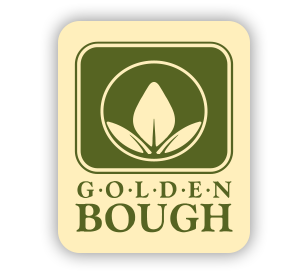

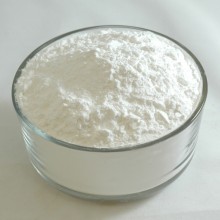
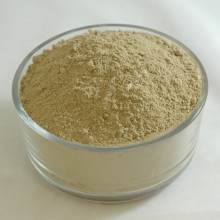

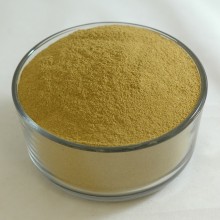
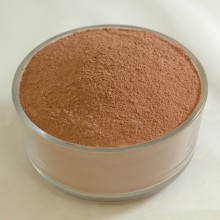
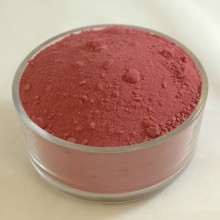
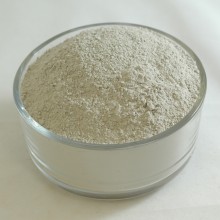
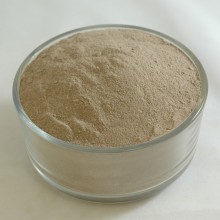
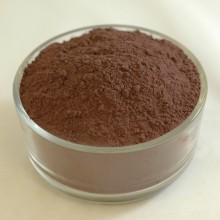
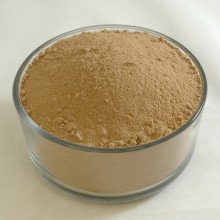
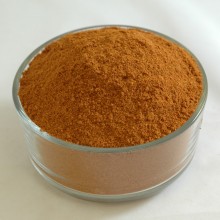
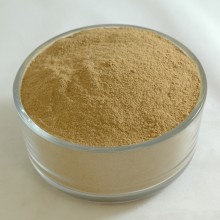
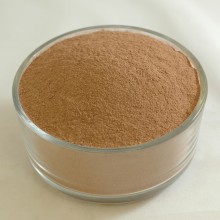
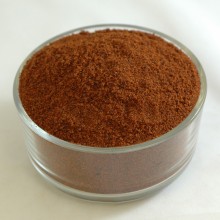
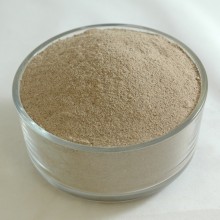
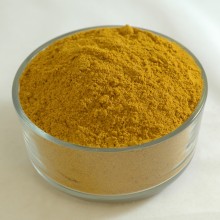
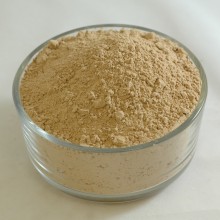

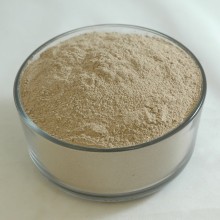


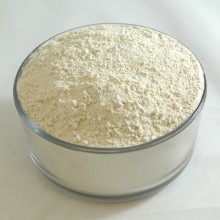
 Leaf Powder-220x220.jpg)
